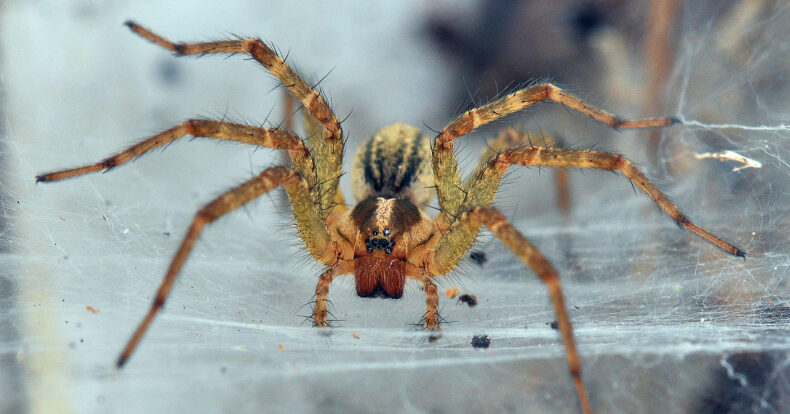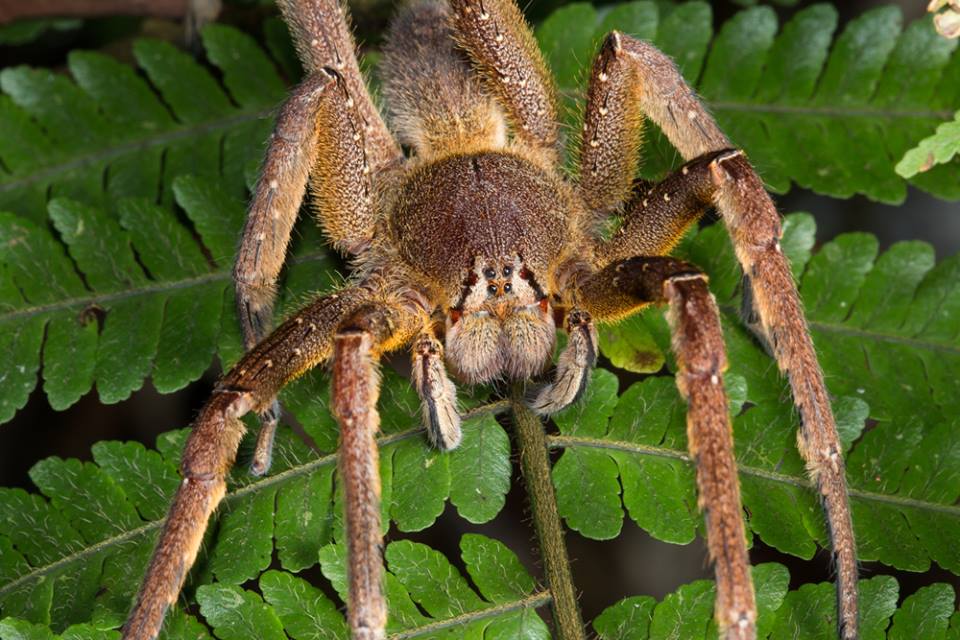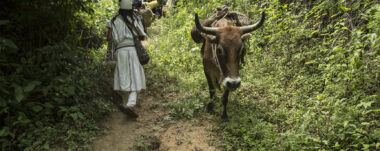Poisonous Spiders of Costa Rica

Costa Rica’s venomous spiders are few in number and attack only in self-defense.
In Costa Rica there are more than 300,000 species of insects and, of course, many spiders. About 2,000 species of arachnids are known. Clearly, it is not paradise for arachnophobes. However, the vast majority of spiders are harmless. These are the 5 venomous spiders that exist in the country.
Brown Recluse Spider or Fiddler Spider
Brown recluse spiders – also known as brown fiddler spiders – have violin-shaped markings on their backs. Recluse spiders bite only in self-defense. Their bite can cause vomiting, dizziness and pain. Although not usually fatal, wounds caused by these spiders can quickly become infected.
The Black Widow
The black widow is known to devour the male after mating. They are black in color with red hourglass-shaped marks on the underside of the abdomen.
With a venom considered 15 times stronger than that of most rattlesnakes. Their venom attacks the nervous system of their prey. They cause paralysis of the diaphragm, resulting in breathing difficulties, as well as a whole host of other side effects, such as dizziness, nausea or fainting. Fortunately, these spiders only attack in self-defense.

The Brown Widow
These spiders usually have a brown body with black marks and geometric marks on the underside of their abdomen.
The brown widow is less harmful than the black widow. Although their bite can be painful, it is not fatal. And just watch out for the females!
The golden silk orb-weaver
The golden silk weaver spider is one of the largest spiders in Costa Rica.
The golden silk orb weaver spider has an elongated abdomen. Females reach up to 3 inches in length excluding legs, making them one of the largest spider species in Costa Rica. Golden silk weaver spiders spin webs that are golden in color. These spiders can spin webs up to 2 meters wide. The fiber of their webs is also incredibly strong. They sometimes trap small birds and bats in their webs.
Fortunately, although frightening in appearance, this spider species does not pose a great risk to humans. The bite causes local pain, redness and blisters that usually disappear within a day or so.
Brazilian Wandering Spider or Banana Spider
The Brazilian wandering spider is one of the most toxic spiders in the world, not only in Costa Rica.
Also known as banana spiders, Brazilian wandering spiders tend to live among banana plants. They have a body length of about 5 centimeters, and legs that measure about 15 centimeters. The underside of their fangs is red.
Brazilian wandering spider bites cause severe pain, nausea, fever, blurred vision, high or low blood pressure and convulsions, requiring immediate medical attention as they can be fatal if left untreated.
Author: M. Barrantes for Sensorial Sunsets
References
Navigate articles




